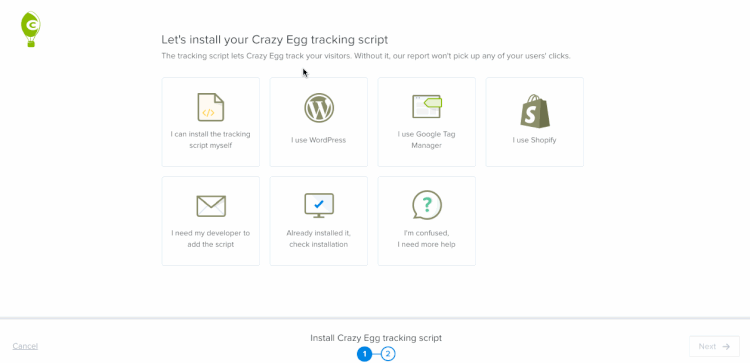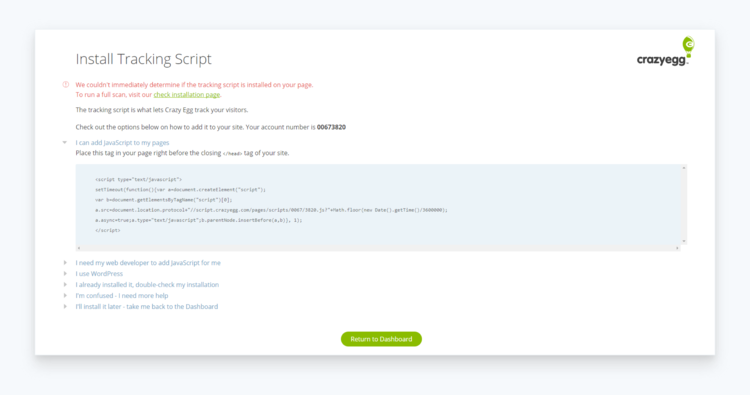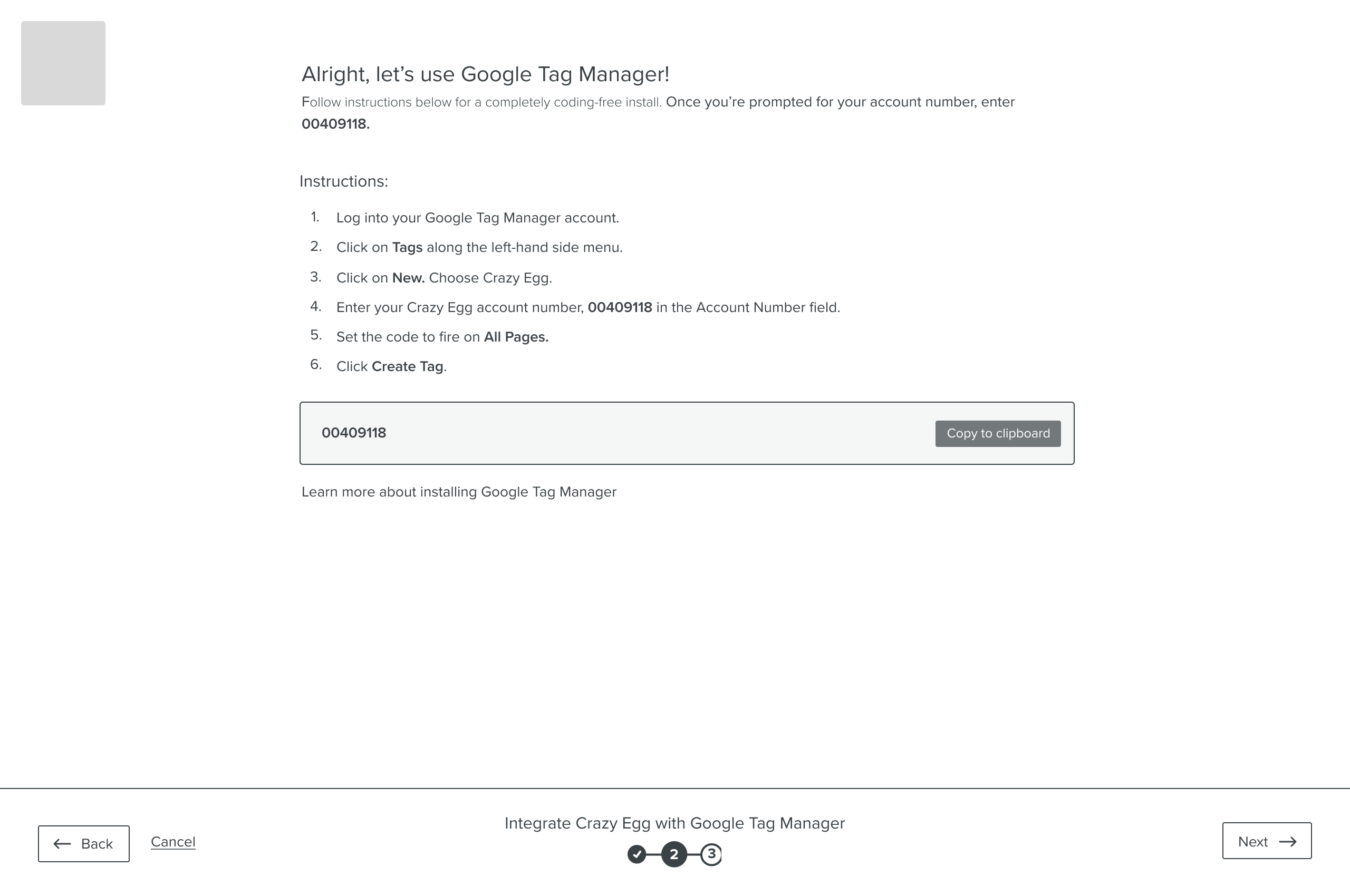UI Flow & Wireframes
I created low fidelity wireframes to focus on the copy, information architecture, layout, and flow.
I explored multiple design approaches in the form of a low fidelity interactive prototype. I discussed with the team the strengths and weaknesses of each approach, and iterated based on internal feedback.
Final Designs
Visual Design: I worked on the visual treatment to align it with our brand. We iterated on how to draw users' attention to the different installation options and how to use the space effectively.
Specifications for Development: I created a specification document that was used to cover each touchpoint within the flow, hover states, and micro-interactions. This document, along with a red-lined visual specification I created, helped our remote engineering team reference the specifics of the design during the implementation phase.
Development Oversight: I worked with a team of engineers to answer questions and tweak designs to ensure that the new installation process worked and looked as expected.























